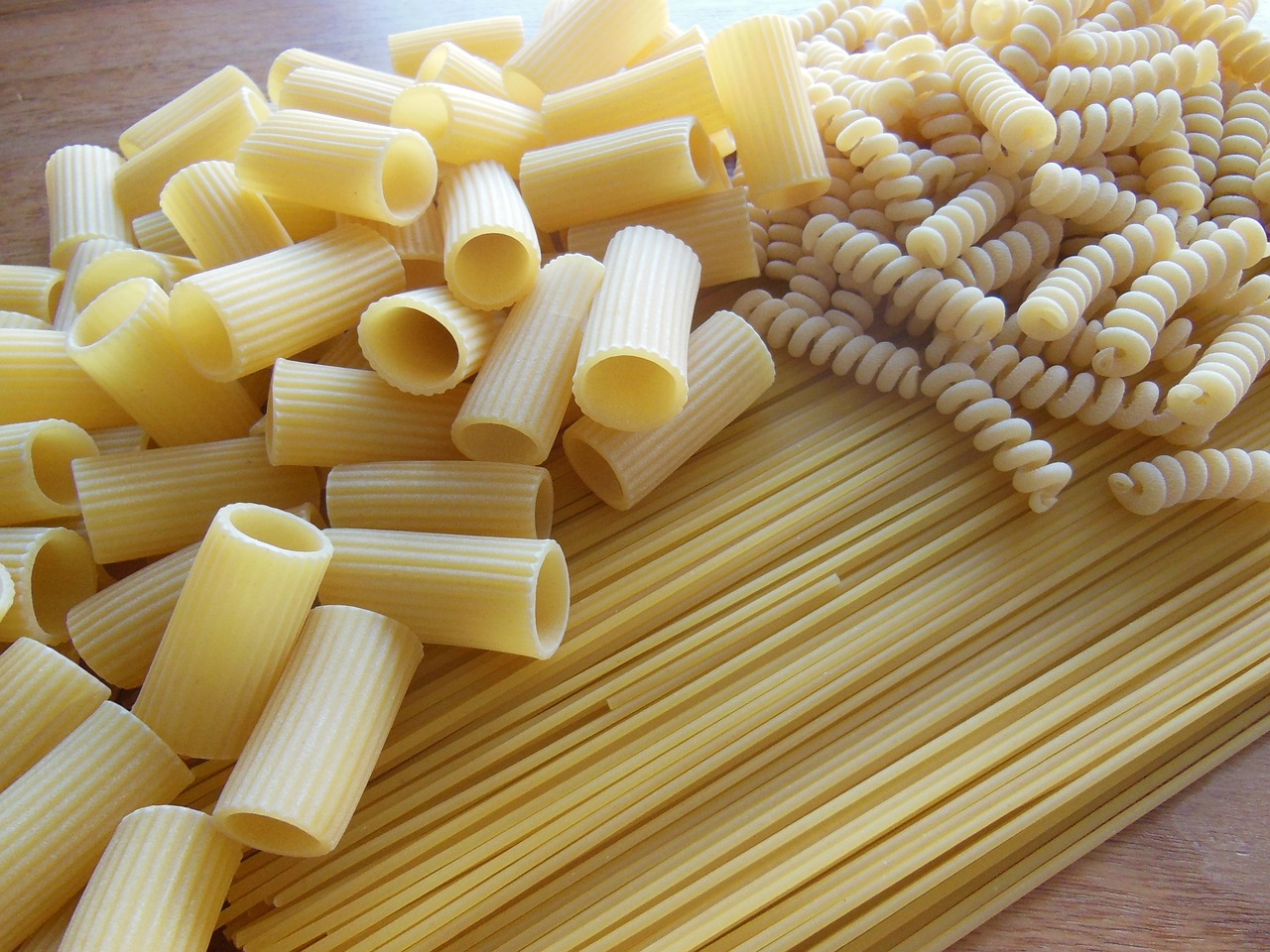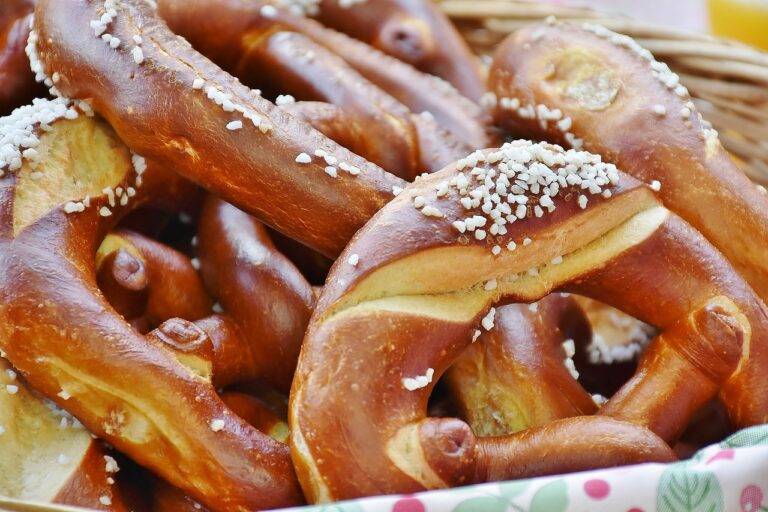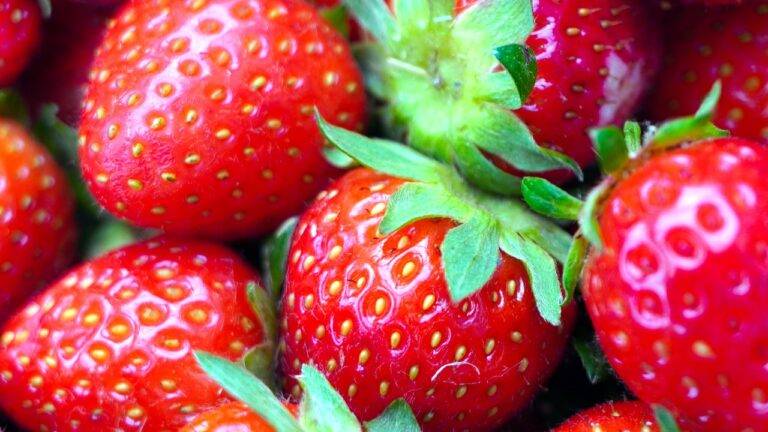Exploring the World of Gourmet Chocolates
When it comes to gourmet chocolates, there is a wide array of options to choose from, each offering a unique flavor profile and experience. Dark chocolate is known for its rich and intense taste, with a higher cocoa content that appeals to those seeking a bolder chocolate experience. Milk chocolate, on the other hand, is sweeter and creamier, making it a popular choice for those with a sweet tooth.
White chocolate, despite not containing cocoa solids like its counterparts, is loved for its smooth and buttery texture, with a subtle sweetness that sets it apart. For those looking for a bit of crunch, there are gourmet chocolates available with added nuts or crispy pieces, providing a delightful contrast in textures. Additionally, flavored chocolates, such as those infused with fruits, spices, or even spirits, offer a creative twist on the traditional chocolate experience, catering to a variety of palates.
The History of Gourmet Chocolates
Chocolate has a rich history that dates back thousands of years. Originating from Mesoamerica, the ancient civilizations of the Olmecs, Mayans, and Aztecs were among the first to cultivate cacao trees and consume chocolate in various forms. These ancient civilizations valued chocolate not just as a food but also as a currency and a sacred beverage used in religious ceremonies.
As explorers like Christopher Columbus and Hernan Cortes encountered chocolate during their voyages to the Americas, its popularity began to spread to Europe. The Spanish conquistadors were particularly fascinated by the exotic flavors of cacao and introduced chocolate to the European aristocracy. By the 17th century, chocolate had made its way across Europe and was enjoyed by royalty and the elite in luxurious chocolate houses.
How Gourmet Chocolates are Made
One of the key steps in making gourmet chocolates is the careful selection of high-quality cacao beans. These beans are sourced from various regions around the world, each offering a unique flavor profile. After the beans are harvested, they undergo a thorough fermentation process to develop their distinct taste characteristics.
Once the cacao beans have been fermented, they are dried, roasted, and cracked to extract the nibs inside. These nibs are then ground into a thick paste known as chocolate liquor, which forms the basis of all chocolate products. The next stage involves refining the chocolate liquor, a process that involves conching to further develop the smooth and velvety texture of the final product.





